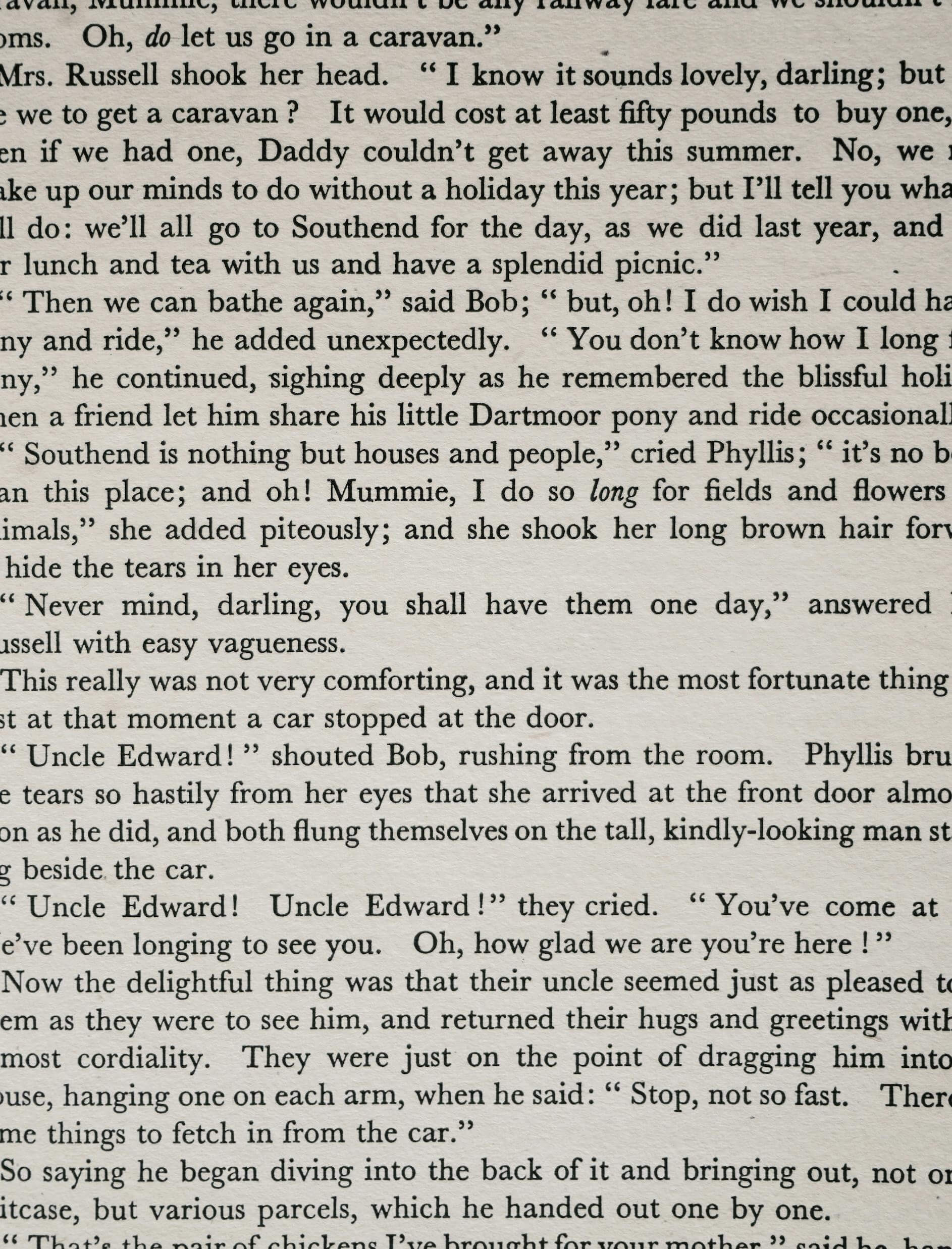Markdown
Overview
Philosophy
Markdown is designed to be easy-to-read and easy-to-write, prioritizing readability above all. A Markdown-formatted document should be publishable as-is, in plain text, without appearing cluttered with tags or formatting instructions. Its syntax is inspired by various text-to-HTML filters like Setext, atx, Textile, reStructuredText, Grutatext, and EtText, with a significant influence from plain text email formatting.
Block Elements
Paragraphs and Line Breaks
A paragraph is one or more consecutive lines of text, separated by one or more blank lines. Normal paragraphs should not be indented with spaces or tabs.
Markdown supports “hard-wrapped” text paragraphs, differing from other text-to-HTML formatters that convert every line break character in a paragraph into a <br /> tag. To insert a <br /> break tag, end a line with two or more spaces, then press return.
Headers
Markdown supports two styles of headers: Setext and atx. Optionally, you may “close” atx-style headers with trailing hashes, purely for cosmetic purposes.
Blockquotes
Markdown uses email-style > characters for blockquoting. Hard wrap the text and put a > before every line:
This is a blockquote with two paragraphs. Lorem ipsum dolor sit amet, consectetuer adipiscing elit. Aliquam hendrerit mi posuere lectus Vestibulum enim wisi, viverra nec, fringilla in, laoreet vitae, risus. Donec sit amet nisl. Aliquam semper ipsum sit amet velit. Suspendisse id sem consectetuer libero luctus adipiscing.
Markdown allows lazy blockquotes, where you only need to put the > before the first line:
This is a blockquote with two paragraphs. Lorem ipsum dolor sit amet, consectetuer adipiscing elit. Aliquam hendrerit mi posuere lectus. Vestibulum enim wisi, viverra nec, fringilla in, laoreet vitae, risus.
Donec sit amet nisl. Aliquam semper ipsum sit amet velit. Suspendisse id sem consectetuer libero luctus adipiscing.
Blockquotes can be nested by adding additional levels of >:
This is the first level of quoting.
This is nested blockquote.
Back to the first level.
Blockquotes can contain other Markdown elements like headers, lists, and code blocks:
This is a header.
- This is the first list item.
- This is the second list item.
Here’s some example code:
Lists
Markdown supports ordered (numbered) and unordered (bulleted) lists.
Unordered lists use asterisks, pluses, and hyphens interchangeably:
- Red
- Green
- Blue
Equivalent to:
- Red
- Green
- Blue
And:
- Red
- Green
- Blue
Ordered lists use numbers followed by periods:
- Bird
- McHale
- Parish
The actual numbers you use to mark the list have no effect on the HTML output. For example:
- Bird
- McHale
- Parish
Produces the same HTML as:
- Bird
- McHale
- Parish
To make lists look nice, you can wrap items with hanging indents:
- Lorem ipsum dolor sit amet, consectetuer adipiscing elit. Aliquam hendrerit mi posuere lectus. Vestibulum enim wisi, viverra nec, fringilla in, laoreet vitae, risus.
- Donec sit amet nisl. Aliquam semper ipsum sit amet velit. Suspendisse id sem consectetuer libero luctus adipiscing.
List items may consist of multiple paragraphs. Each subsequent paragraph in a list item must be indented by either 4 spaces or one tab:
This is a list item with two paragraphs. Lorem ipsum dolor sit amet, consectetuer adipiscing elit. Aliquam hendrerit mi posuere lectus.
Vestibulum enim wisi, viverra nec, fringilla in, laoreet vitae, risus. Donec sit amet nisl. Aliquam semper ipsum sit amet velit.
Suspendisse id sem consectetuer libero luctus adipiscing.
To put a blockquote within a list item, the blockquote’s > delimiters need to be indented:
A list item with a blockquote:
This is a blockquote inside a list item.
To put a code block within a list item, the code block needs to be indented twice – 8 spaces or two tabs:
A list item with a code block:
1
<code goes here>
Code Blocks
Pre-formatted code blocks are used for writing about programming or markup source code. Lines of a code block are interpreted literally and wrapped in both <pre> and <code> tags. To produce a code block in Markdown, indent every line of the block by at least 4 spaces or 1 tab.
This is a normal paragraph:
This is a code block.
Here is an example of AppleScript:
1 | tell application "Foo" |
A code block continues until it reaches a line that is not indented (or the end of the article). Within a code block, ampersands (&) and angle brackets (< and >) are automatically converted into HTML entities.
For example, this:
1 | <div class="footer"> |
Regular Markdown syntax is not processed within code blocks. Asterisks are just literal asterisks within a code block, making it easy to write about Markdown’s own syntax.
Span Elements
Links
Markdown supports two styles of links: inline and reference. In both styles, the link text is delimited by [square brackets].
To create an inline link, use a set of regular parentheses immediately after the link text’s closing square bracket. Inside the parentheses, put the URL where you want the link to point, along with an optional title for the link, surrounded in quotes. For example:
This is an example inline link.
This link has no title attribute.
Emphasis
Markdown treats asterisks (*) and underscores (_) as indicators of emphasis. Text wrapped with one * or _ will be wrapped with an HTML <em> tag; double *‘s or _‘s will be wrapped with an HTML <strong> tag. For example:
single asterisks
single underscores
double asterisks
double underscores
Code
To indicate a span of code, wrap it with backtick quotes (`). Unlike a pre-formatted code block, a code span indicates code within a normal paragraph. For example:
Use the printf() function.
- Title: Markdown
- Author: The Redefine Team
- Created at : 2007-01-09 09:41:05
- Updated at : 2025-10-27 02:02:30
- Link: https://redefine.ohevan.com/2007/01/09/markdown-test/
- License: This work is licensed under CC BY-NC-SA 4.0.


